Five things we learned from the 2020 Milan - San Remo
It was a scintillating finish to the first Monument of the season
Wout van Aert becomes a Monument winner
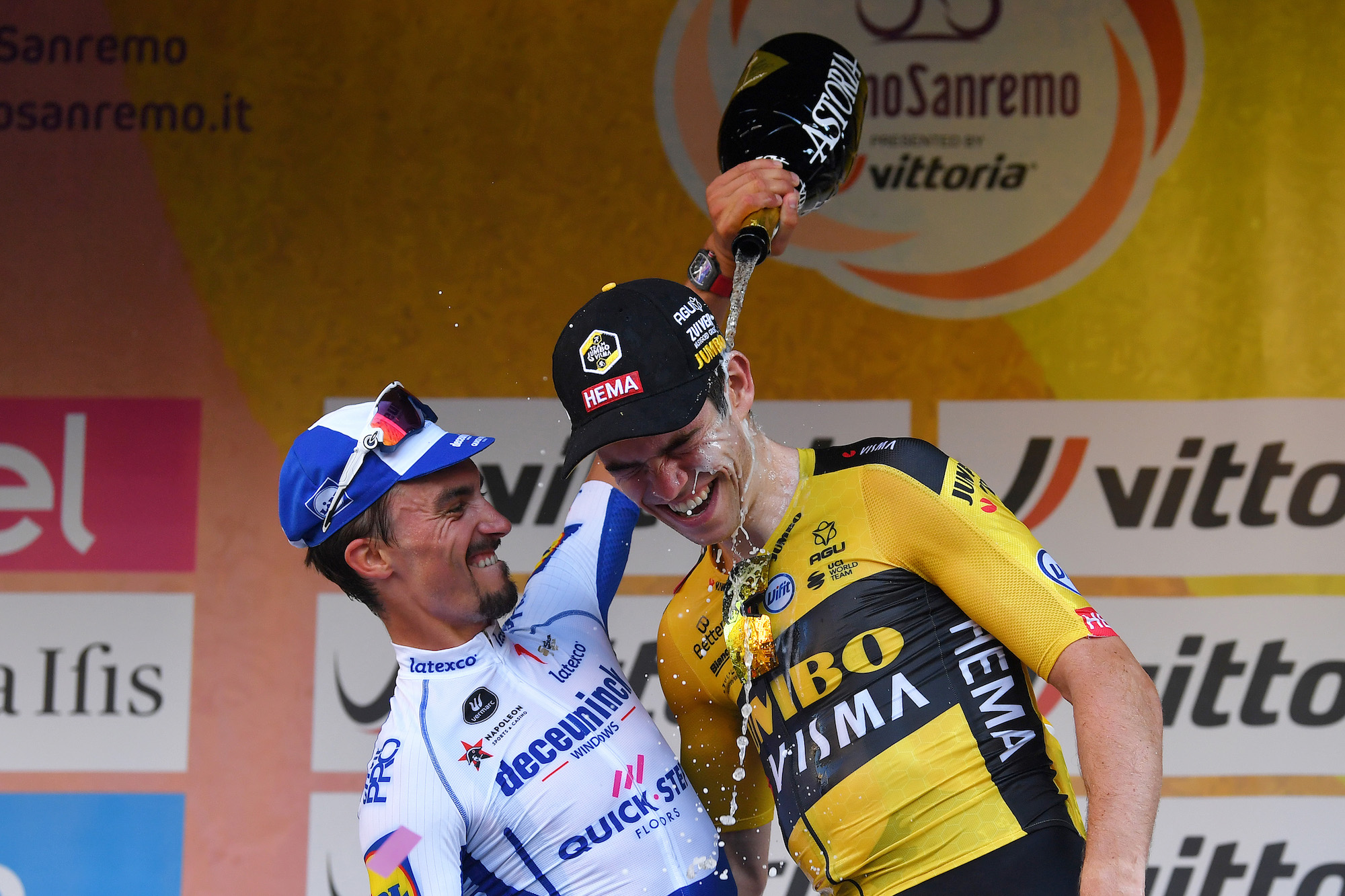
Eight days ago, Wout van Aert (Jumbo-Visma) was still a budding young rider with bags of potential, a former cyclocross star seemingly on the verge of taking the road by storm, but who was yet to add a Classics victory to his palmarès.
Now, following his maiden Classics win at Strade Bianche last week, he’s the winner of one of cycling’s five Monuments, Milan-San Remo, and already feels like he belongs among the sport’s very elite.
The Belgian was among the top favourites heading into the race, although it was unclear whether he should prioritise using his attacking prowess or handy sprint finish when seeking victory.
As it happened, he ended up using both. The Belgian needed to call upon all his reserves of strength to keep Julian Alaphilippe (Deceuninck-QuickStep) within sight when the Frenchman unleashed his trademark uphill accelerations on the Poggio, and his technical descending helped his bridge the gap on the subsequent downhill. Then, come the finale, his smoother, more accomplished sprint saw him edge Alaphilippe at the line, despite being forced into the less desirable position of leading out the sprint.
It was a brilliant demonstration of Van Aert’s multifaceted talents and an indication that he could be a contender in all sorts of different Classics. With his heart set on the Tour of Flanders and Paris-Roubaix in October, this might not be the only Monument Van Aert wins this season.
Julian Alaphpilippe once again dictates the race's outcome
Get The Leadout Newsletter
The latest race content, interviews, features, reviews and expert buying guides, direct to your inbox!
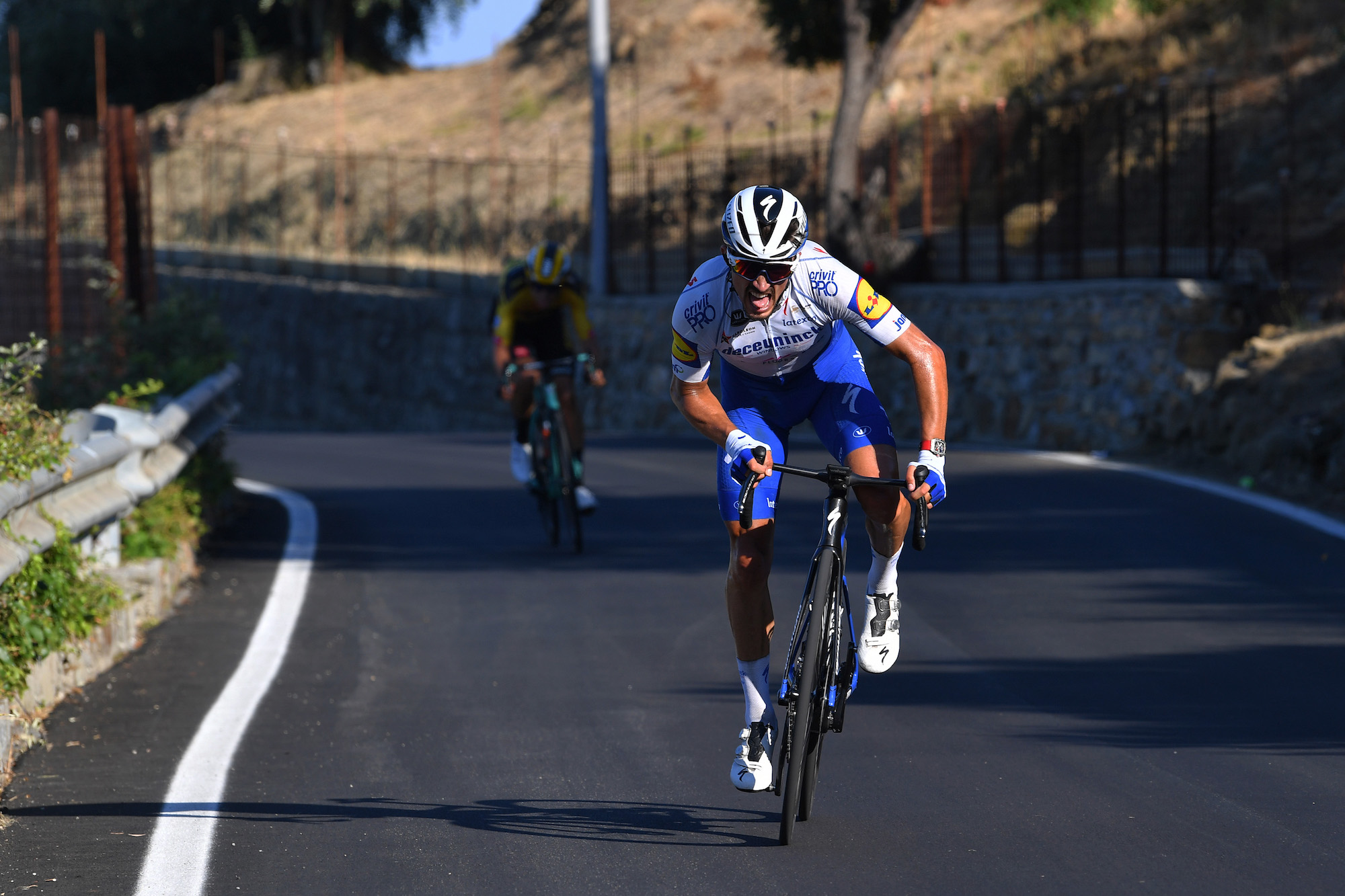
Has Julian Alaphilippe single-handedly changed the way that Milan-San Remo is won? Since his debut in 2017, the Frenchman has attacked up the Poggio on three separate occasions — and each time, it has instigated the race-winning move. Including Vincenzo Nibali’s victorious move in 2018, that makes it four successive editions that the sprinters have been denied by the attackers.
Historically, Milan-San Remo is finely balanced between both types of rider, and four in a row is an unusually long streak for the sprinters to lose out — not since the 1990s have they endured such a barren streak. Given that Alaphilippe has been so prominently involved during this run, his sheer explosiveness and the pace he sets up the climb must surely be a significant factor.
His performance this year was especially impressive given how he punctured 36km from the finish, just as the Cipressa and the endgame of the race approached. He might have been looked after and calmly paced back up to the peloton by his Deceuninck-QuickStep, but in a race often decided by the finest of margins any stress or extra energy usage is considered potentially decisive.
As it happened, despite being the first to crest the Poggio, Alaphilippe didn’t quite have enough to overcome Van Aert in the finishing two-man sprint and will be devastated to have been pipped to the line and lose by such a fine margin. But given how many doubted he had the form to win prior to the race, it was a sensational performance nonetheless.
The more things change, the more they stay the same
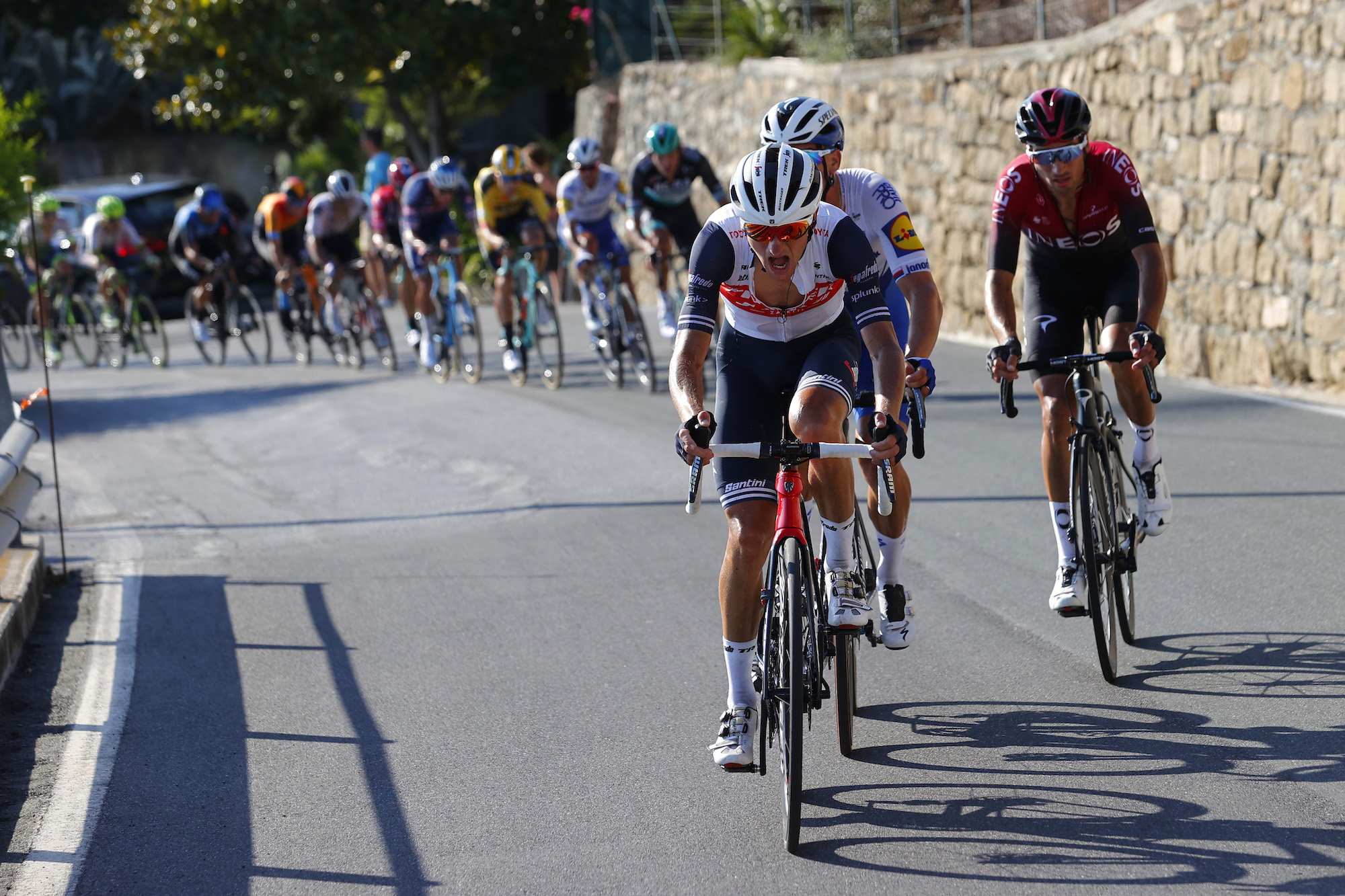
Given the many changes to this year’s Milan-San Remo compared to previous editions, it was surprising to watch the race play out in such a familiar way.
A combination of a new route with different times, a new slot in the calendar with much hotter temperatures, and smaller team sizes were all expected to influence the race in ways it was easy to predict.
Yet the race we got was a largely familiar affair. The majority of the race constituted tense build-up as riders focussed on preserving as much energy as possible, followed by a frantic contest between a handful of the strongest riders breaking clear over the Poggio versus the sprinters desperately trying to catch them in time.
Trek-Segafredo were the only team invested in breaking the race’s usual narrative. Their riders were visible throughout the final 60km, with Nicola Conci, Jacopo Mosca and Giulio Ciccone all alternately going on the attack before the Poggio. But all their efforts came to nothing, and the peloton was all back together at the bottom of that final climb.
However, what the race lacked in surprise, it made up for in excitement. Its perfectly balanced finale always produces one of the most thrilling finishes of the season, and that was once more the case today, with Van Aert a worthy winner.
The sprinters are left disappointed once more
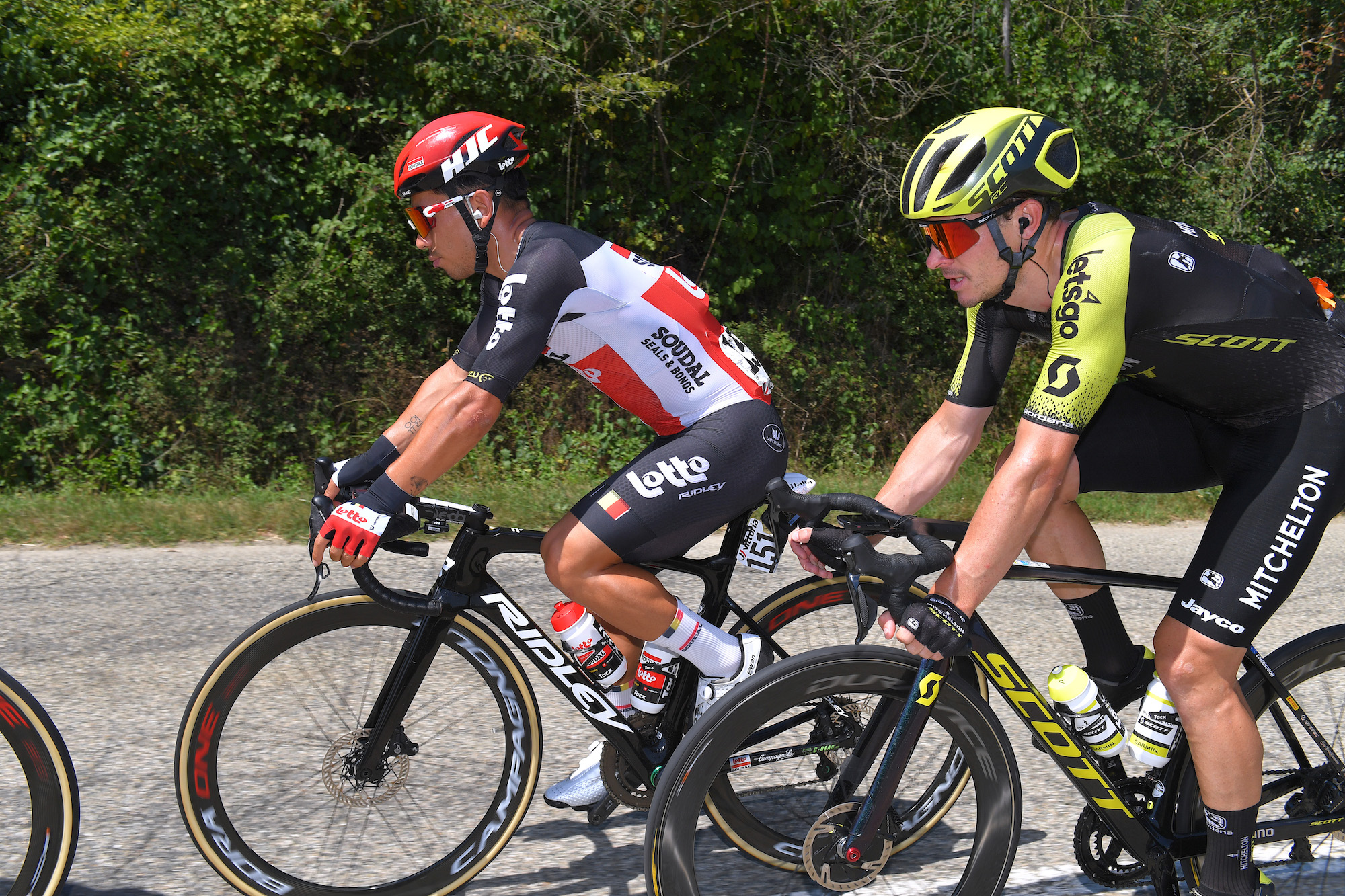
Milan-San Remo is one of the most converted prizes among the best sprinters in the sport, but for yet another year all of them leave empty-handed.
For some, hopes were dashed long before the Via Roma finishing straight. Caleb Ewan (Lotto-Soudal) and Fernando Gaviria (UAE Emirates) have both been prolific winners in bunch sprints over the past few years, but couldn’t handle the challenges of this year’s edition and were dropped on the Cipressa.
Sam Bennett (Deceuninck-QuickStep) managed to survive that climb, but the Poggio proved to be a bridge too far. The Irishman was seen grasping to the back of the group for dear life, showing just how hard it is for the heavier sprint specialists to conquer that iconic climb after nearly 300km of racing.
That left hardly any specialist sprinters left in contention, with Michael Matthews (Sunweb), Peter Sagan (Bora-Hansgrohe) and Giacomo Nizzolo (NTT) leading in the reduced peloton of around 23 riders in third, fourth and fifth respectively. But, despite their fine efforts to survive this long, all were denied by Van Aert and Alaphilippe’s attack. Once again this was not a year for the sprinters.
Bora-Hansgrohe can’t quite deliver Peter Sagan victory
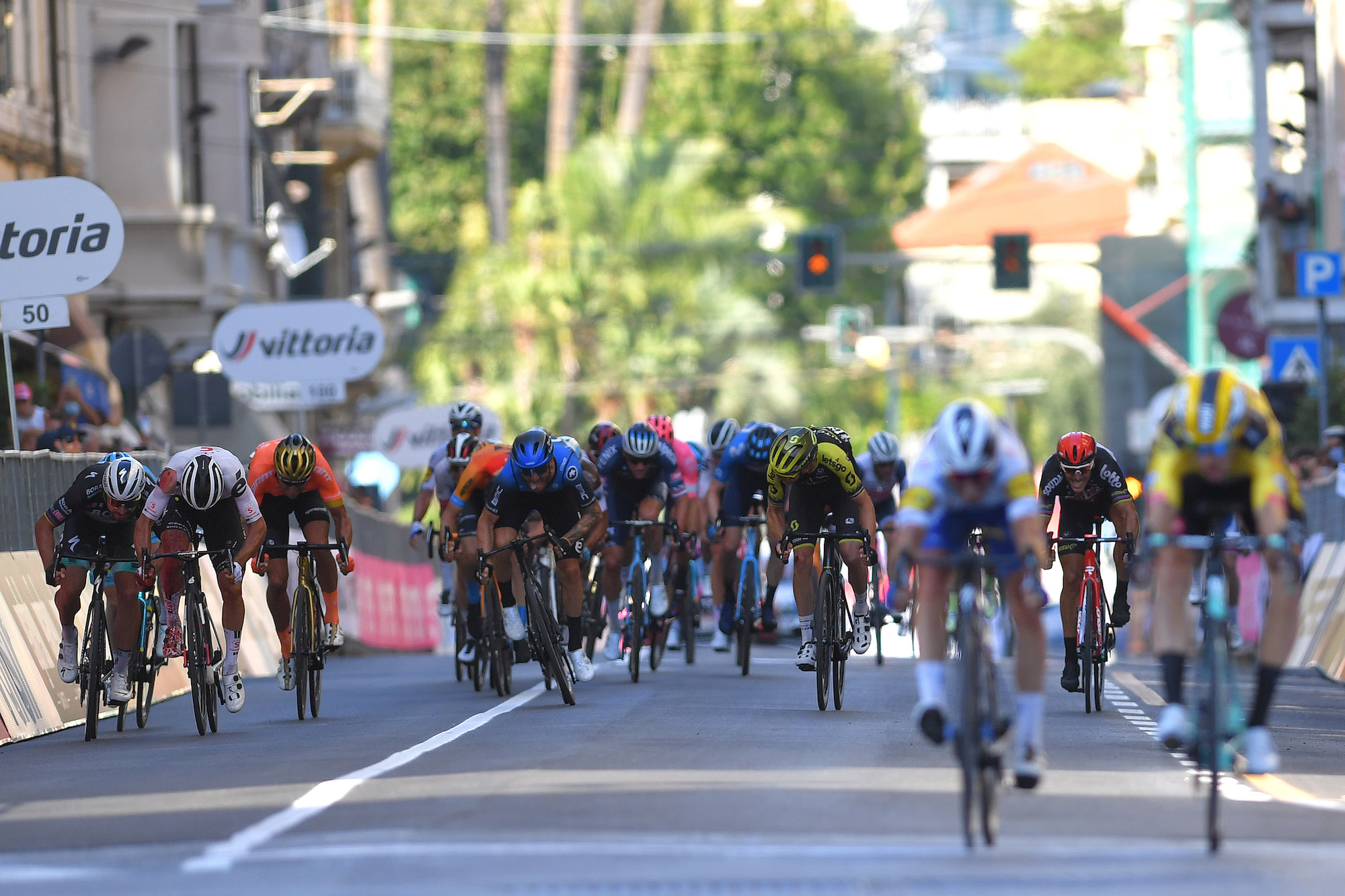
In the finale of the race, Bora-Hansgrohe took it upon themselves to take control of the race, and did everything they could to deliver Peter Sagan victory.
Milan-San Remo is conspicuous by its absence on the Slovak’s palmarès. He has come very close (twice finishing second), and is always there-or-thereabouts (with five top-four finishes in total), but has yet to take the top step of the podium.
The team had faith that this would be the year he, at last, ended that drought. Daniel Oss paced the peloton for the team on the Cipressa, setting such a quick tempo that as well as reeling in all of the attacks, he even inadvertently gained a gap over the rest of the peloton on the descent.
Then on the Poggio (once Oss had fallen back again), Marcus Burghardt took to the front of the peloton and was successful in managing early attacks on the climb from the likes of Gianni Moscon (Ineos) and Zdenek Stybar (Deceuninck-QuickStep). But the team were out of firepower by the time Alalphilippe and Van Aert attacked, leaving Sagan to fend for himself.
Given the smaller team sizes this year (six riders rather than seven), it was a sterling effort by Bora-Hansgrohe, but they really missed a rider like Max Schachmann (currently riding the Tour of Poland) to assist Sagan during the final frantic chase. One extra domestique might have been all Sagan needed to at last win Milan-San Remo, but once again the 30-year-old has to settle for another fourth-place finish.

Thank you for reading 20 articles this month* Join now for unlimited access
Enjoy your first month for just £1 / $1 / €1
*Read 5 free articles per month without a subscription

Join now for unlimited access
Try first month for just £1 / $1 / €1
Stephen Puddicombe is a freelance journalist for Cycling Weekly, who regularly contributes to our World Tour racing coverage with race reports, news stories, interviews and features. Outside of cycling, he also enjoys writing about film and TV - but you won't find much of that content embedded into his CW articles.
-
 'One of the hardest races I've ever done in my life' - Tadej Pogačar finishes runner-up on Paris-Roubaix debut after crash
'One of the hardest races I've ever done in my life' - Tadej Pogačar finishes runner-up on Paris-Roubaix debut after crashWorld champion reacts to 'extremely hard' battle with Mathieu van der Poel
By Tom Davidson Published
-
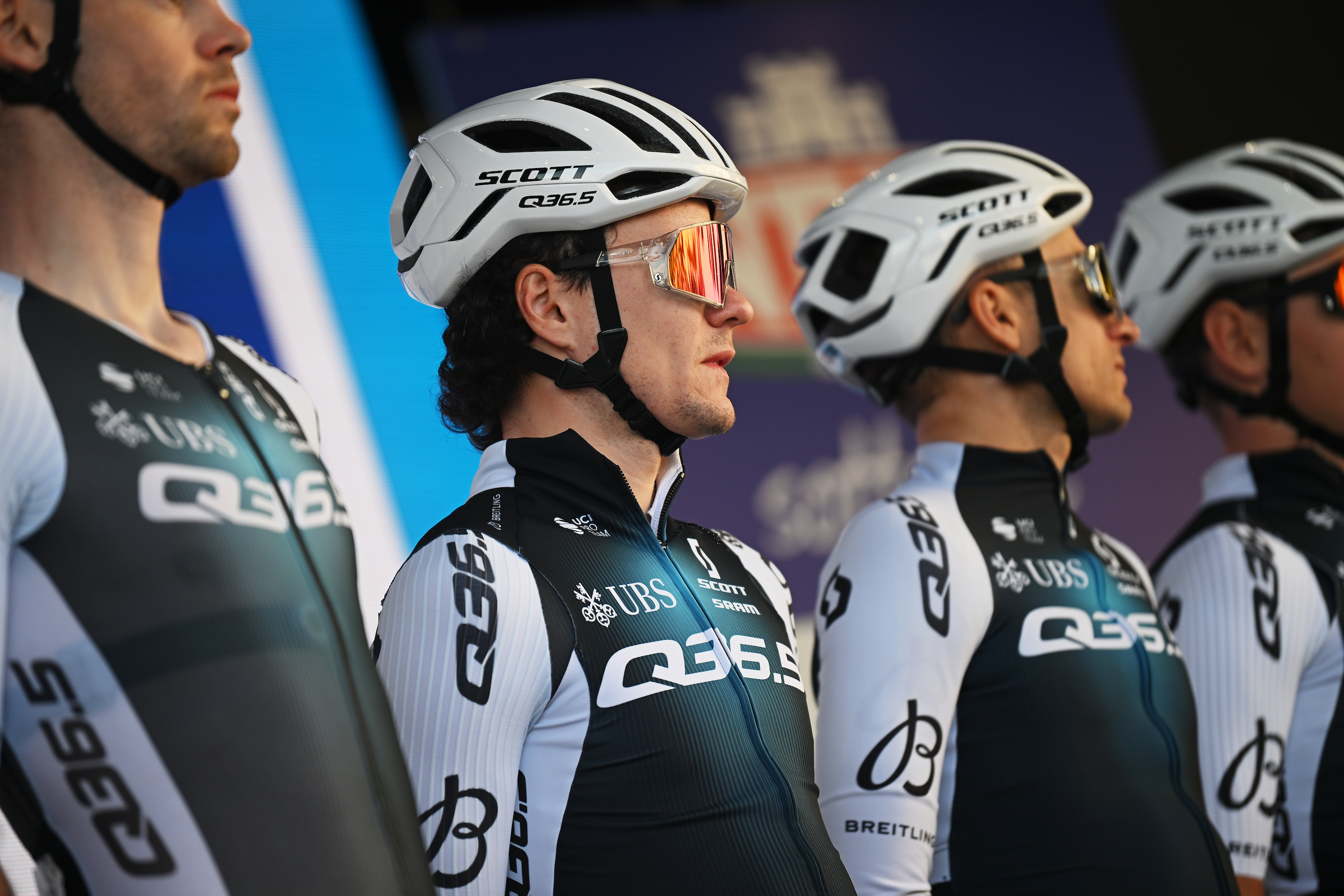 'I thought it would be dark by the time I got here' - Joey Pidcock, the last rider to finish Paris-Roubaix, on his brutal day out
'I thought it would be dark by the time I got here' - Joey Pidcock, the last rider to finish Paris-Roubaix, on his brutal day outQ36.5 rider finishes outside time limit, but still completes race with lap of the Roubaix Velodrome
By Adam Becket Published
-
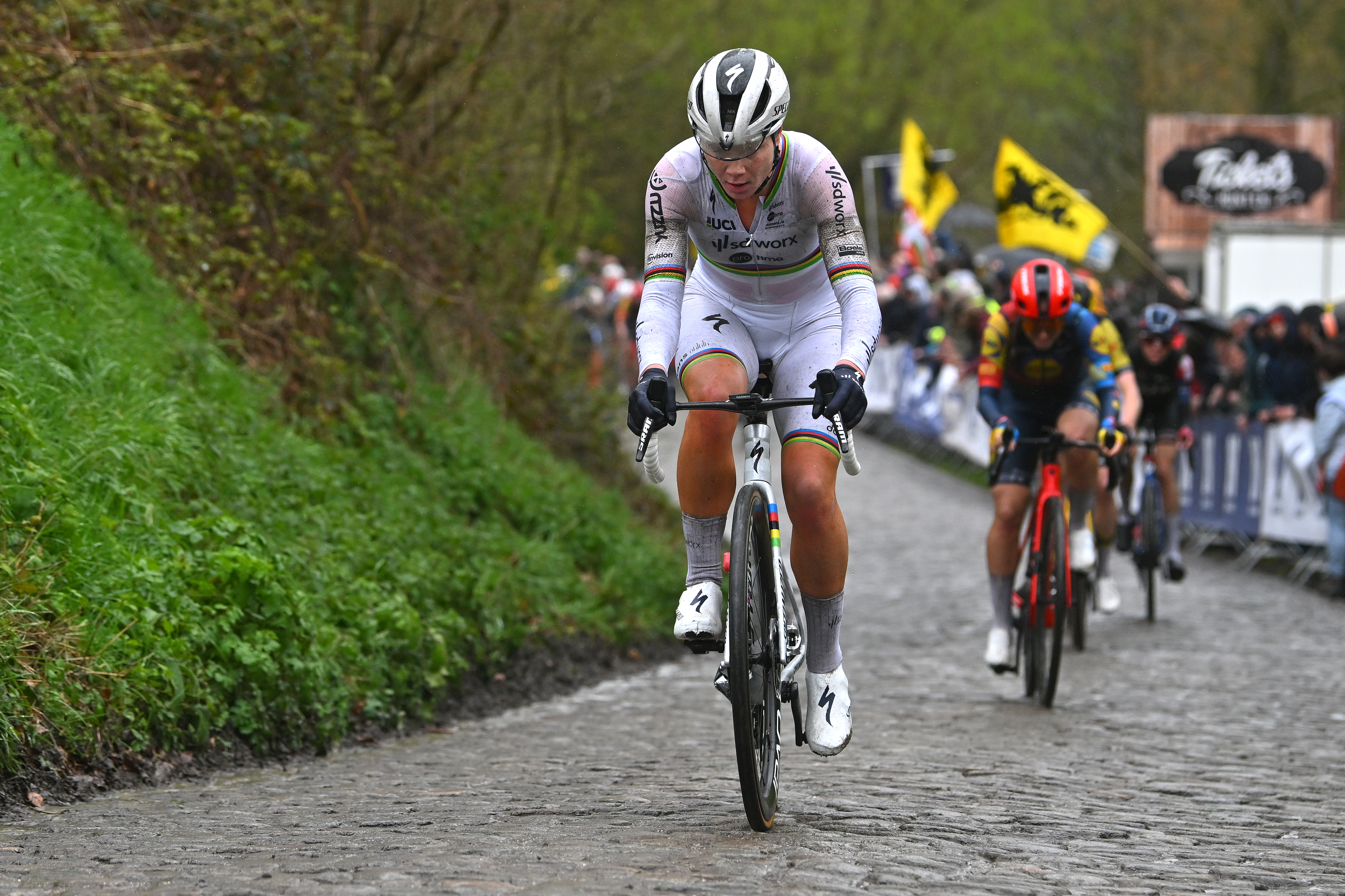 Mathieu van der Poel's history charge, the crucial Oude Kwaremont, and Lotte Kopecky time: Everything you need to know about the Tour of Flanders
Mathieu van der Poel's history charge, the crucial Oude Kwaremont, and Lotte Kopecky time: Everything you need to know about the Tour of FlandersThe Tour of Flanders finally comes on Sunday, here's how to watch, who to watch, and what to watch out for
By Adam Becket Published
-
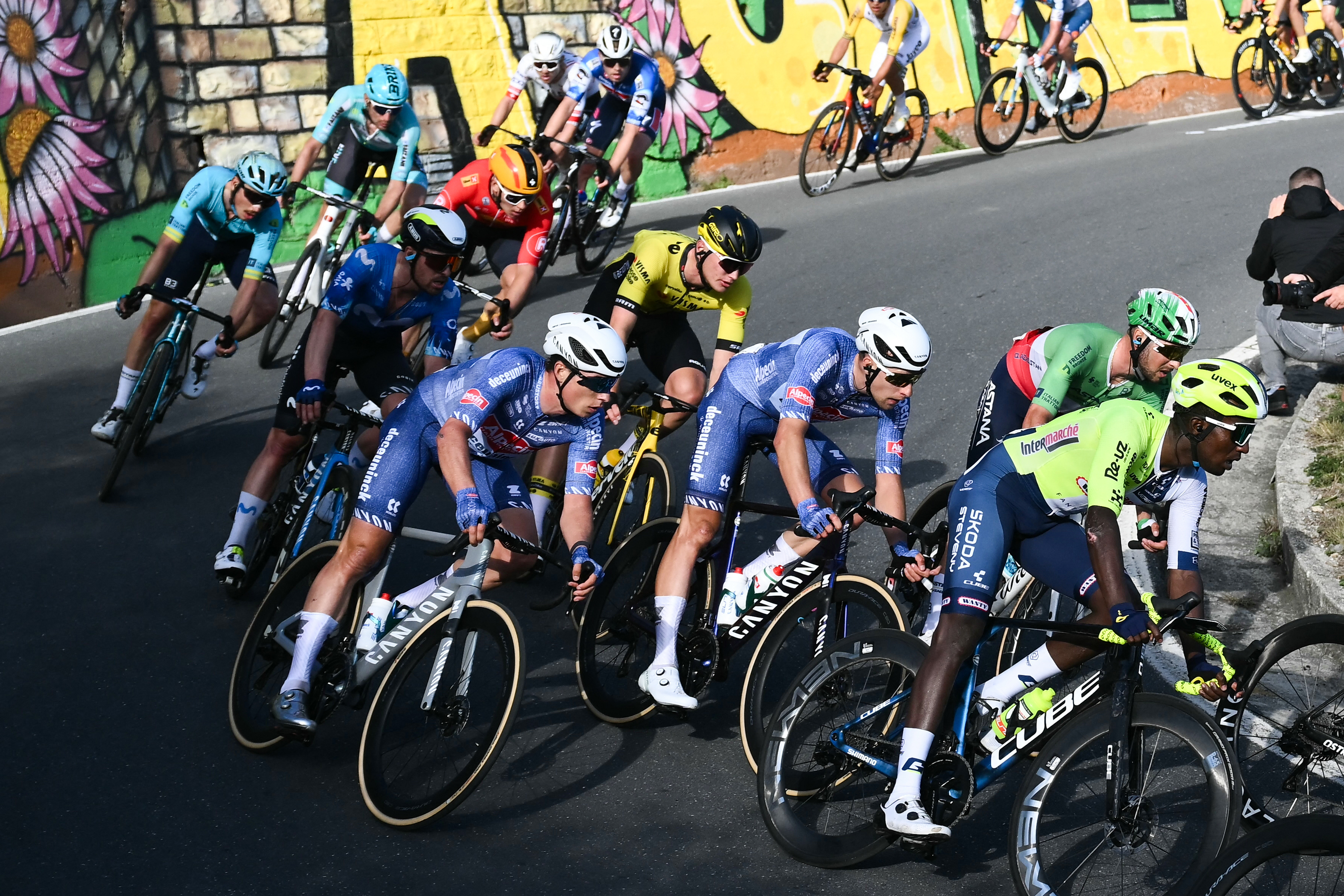 How to watch Milan-San Remo 2025: Everything you need to live stream the first Monument of the season
How to watch Milan-San Remo 2025: Everything you need to live stream the first Monument of the seasonAll the key information on broadcasters and live streams for Milan-San Remo on March 22, the first Monument of the cycling season.
By Tom Davidson Published
-
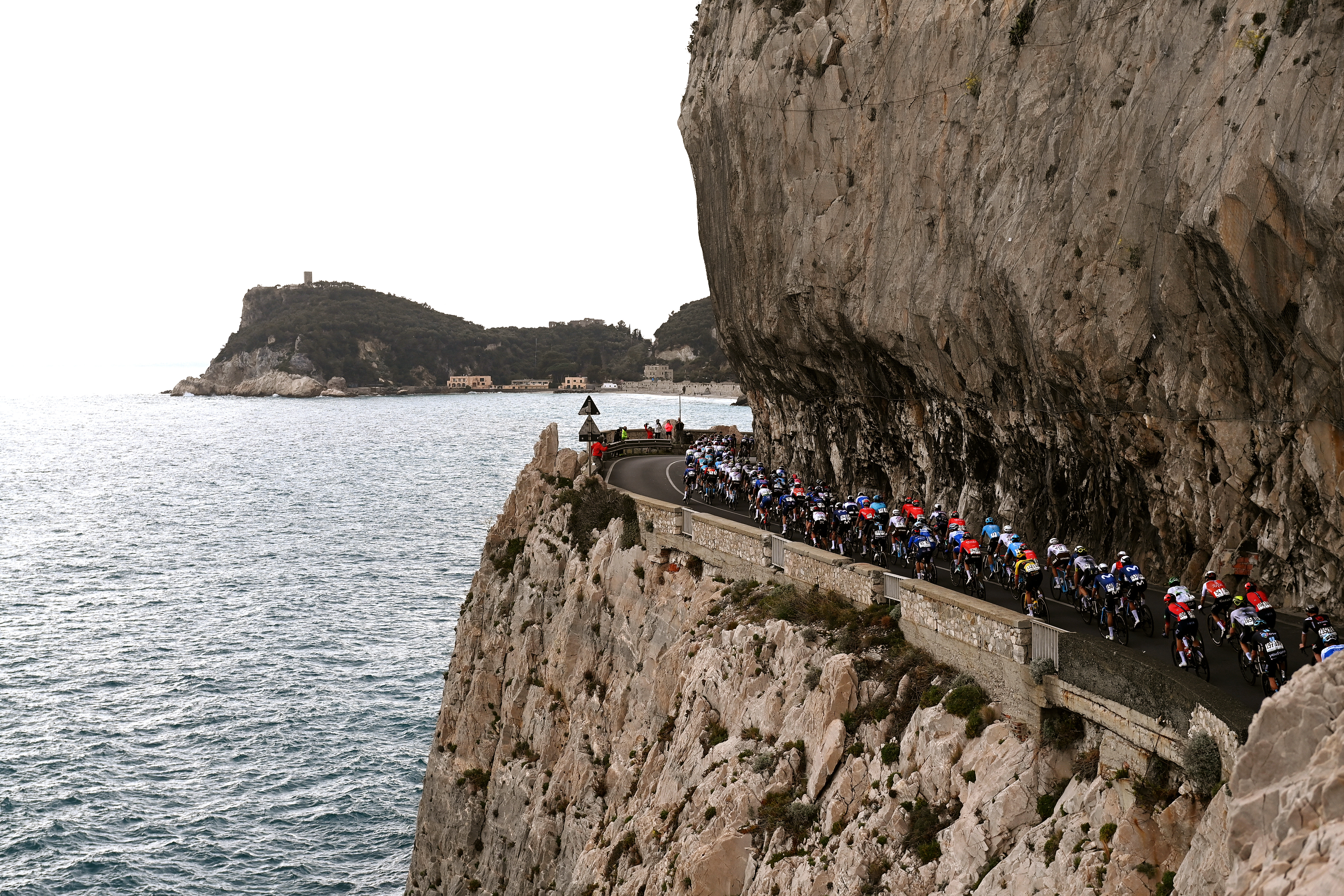 Tadej Pogačar's quest for glory, San Remo Women is here, and will a sprinter win? Everything you need to know about Milan-San Remo
Tadej Pogačar's quest for glory, San Remo Women is here, and will a sprinter win? Everything you need to know about Milan-San RemoMilan-San Remo and San Remo Women kick off the Monuments on Saturday, here's how to watch, who to watch, and what to watch out for
By Adam Becket Published
-
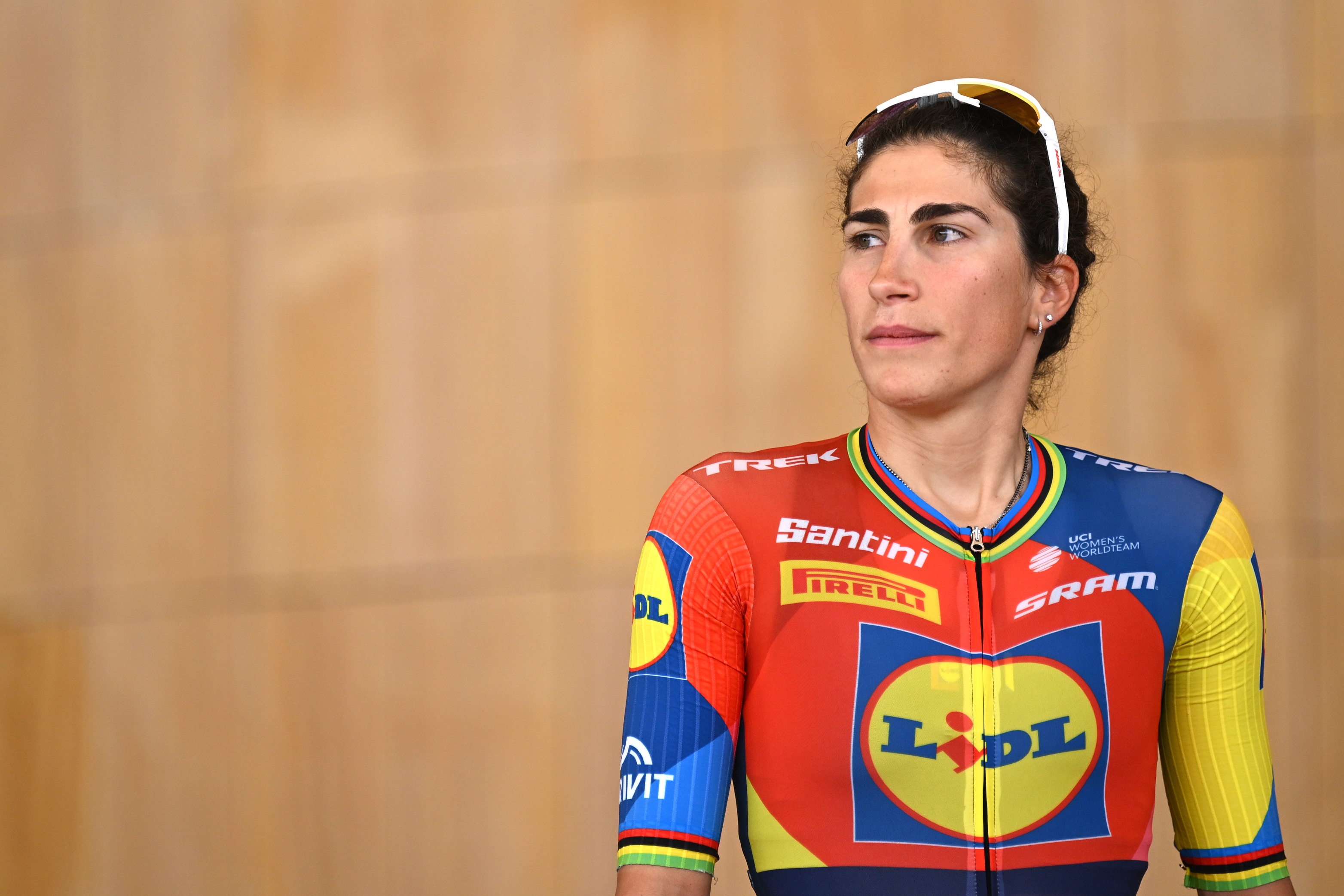 'Winning is a dream' - Suspense builds for return of women's Milan-San Remo after 20 years
'Winning is a dream' - Suspense builds for return of women's Milan-San Remo after 20 yearsRace's comeback marks a new milestone, say riders
By Tom Davidson Published
-
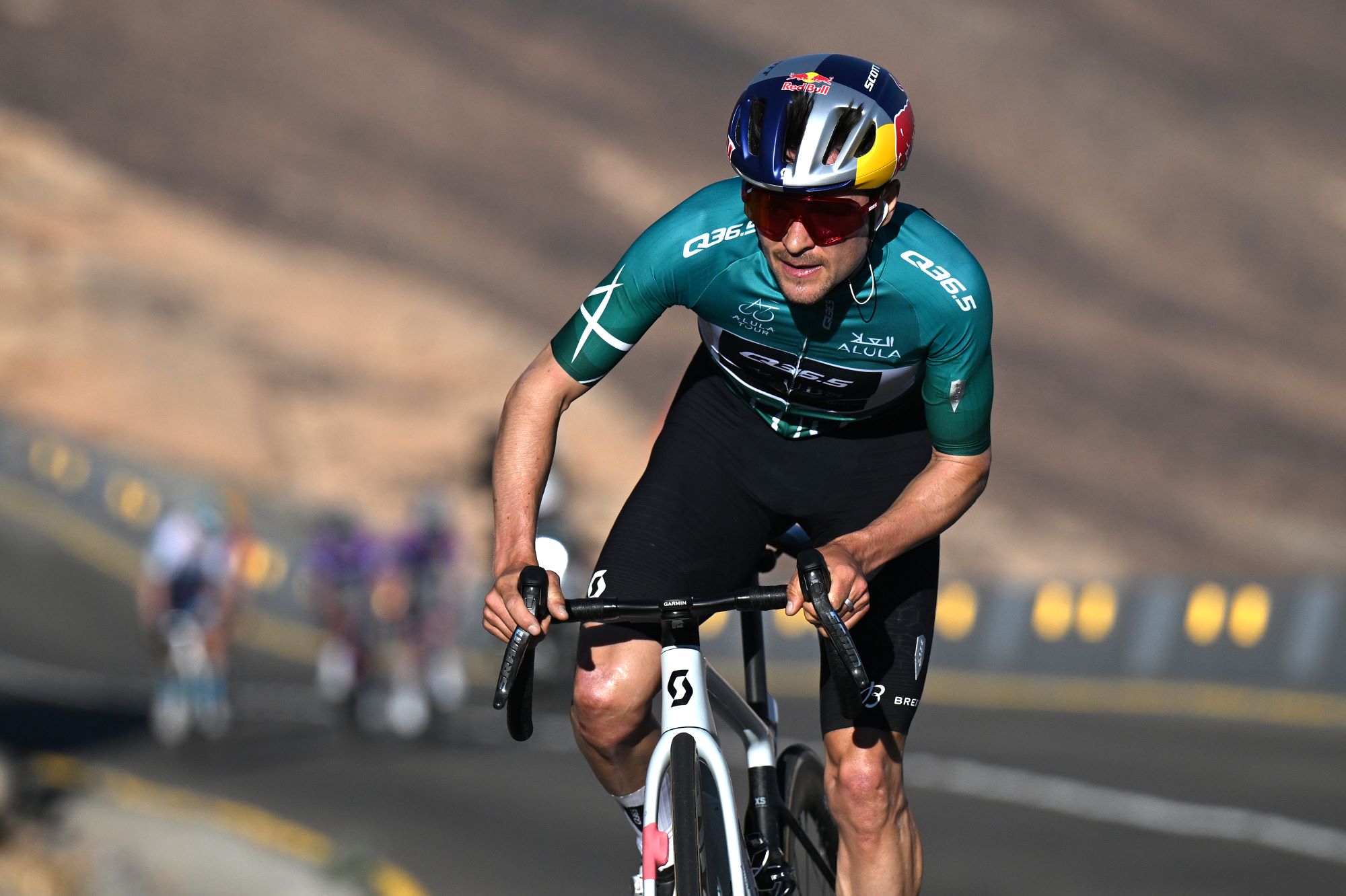 No Paris-Roubaix or Tour of Flanders for Tom Pidcock as he confirms spring calendar
No Paris-Roubaix or Tour of Flanders for Tom Pidcock as he confirms spring calendarAlUla Tour winner set to ride Strade Bianche and Milan-San Remo for Q36.5
By Tom Thewlis Published
-
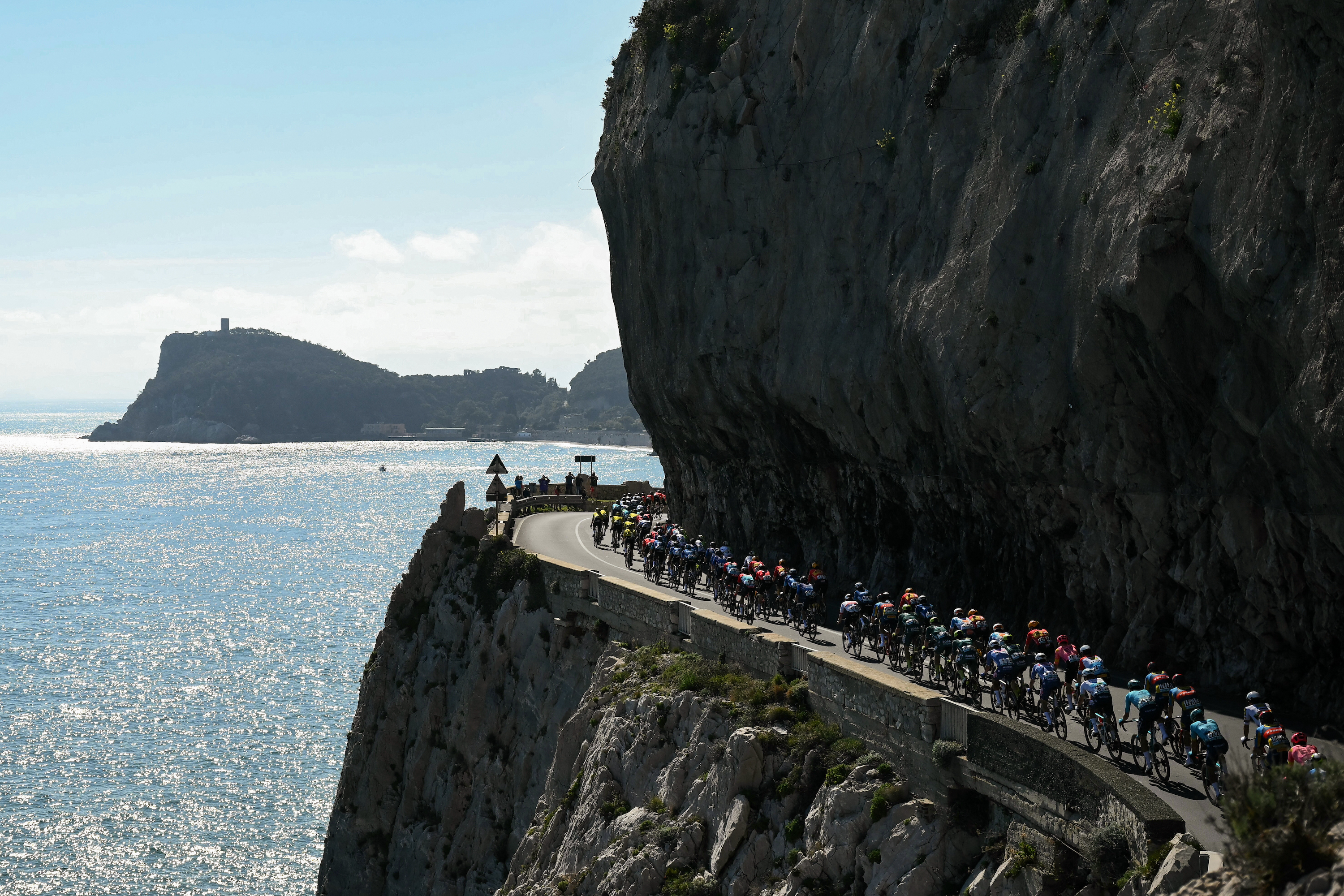 Women's Milan-San Remo confirmed for 2025, route and distance unknown
Women's Milan-San Remo confirmed for 2025, route and distance unknownUCI announces addition to Women's WorldTour calendar, meaning four of the five men's Monuments now have women's equivalents
By Adam Becket Published
-
 Mathieu van der Poel not intimidated by Tadej Pogačar’s form ahead of Milan-San Remo clash
Mathieu van der Poel not intimidated by Tadej Pogačar’s form ahead of Milan-San Remo clashDutchman starts his 2024 road season at Italian Monument on Saturday
By Tom Thewlis Published
-
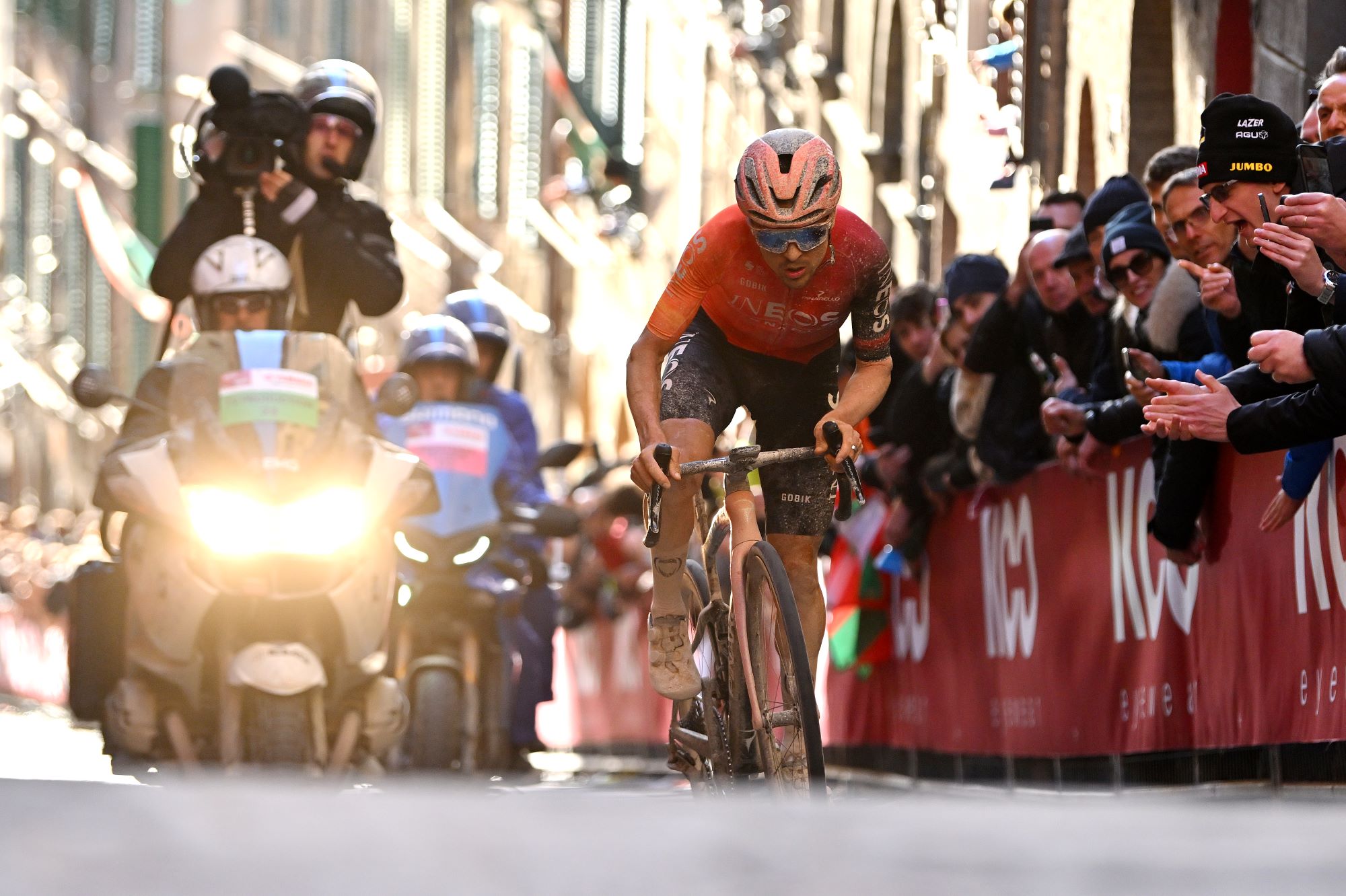 Tom Pidcock 'wouldn’t be surprised' to see attacks before the Poggio at Milan-San Remo
Tom Pidcock 'wouldn’t be surprised' to see attacks before the Poggio at Milan-San RemoBritish rider will lead the line for Ineos Grenadiers alongside Filippo Ganna
By Tom Thewlis Published